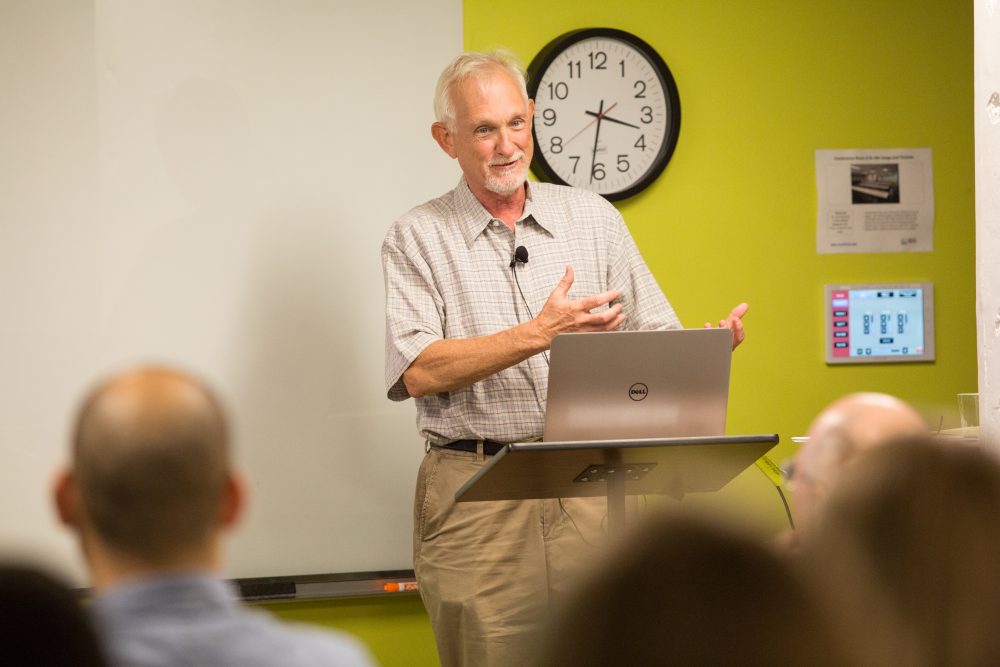
Howard Herzog is a senior research engineer at the MIT Energy Initiative. In September, he published Carbon Capture, a new addition to the MIT Press Essential Knowledge book series. He spoke about the book at a recent MITEI event, and in this interview, he discusses the current landscape of carbon capture research.
If you were to explain carbon capture in a few sentences, what would you say? What do people need to know?
Carbon capture is a way to keep CO2 out of the atmosphere. Most climate change mitigation options would take something that produces CO2 and replace it with something that performs the same service but doesn’t emit CO2—such as using renewables instead of fossil fuels to produce electricity. Carbon capture permits fossil fuel use, but it captures the emissions rather than allowing them to enter the atmosphere. You’re producing energy in a similar way, but with fewer emissions. That’s important because over 80 percent of our energy is generated using fossil fuels, which produce CO2.
Why is it important to include carbon capture as part of the low-carbon energy portfolio?
Based on my years of experience and the research, I think it’s going to be extremely difficult, if not impossible, to hit current climate goals without using carbon capture to some degree. Carbon capture technology exists today, but there are many ideas out there about how to improve it, and you only need a couple of those ideas to go to fruition to have a dramatic impact. I write in the book about a couple of technologies that look very promising.
What types of policy changes could enable more implementation of carbon capture?
I always think the best policy is putting a price on carbon and letting the markets decide. As I said in the book, there’s some bias against carbon capture, so if the politicians want to start mandating technologies, carbon capture may not fare so well in that process. But I think if you let the market decide, it will find the best uses for carbon capture, and you’ll see it being pretty effective. I’m absolutely convinced that it can compete as long as there’s a fair playing field.
This article appears in the Autumn 2018 issue of Energy Futures.
Press inquiries: miteimedia@mit.edu